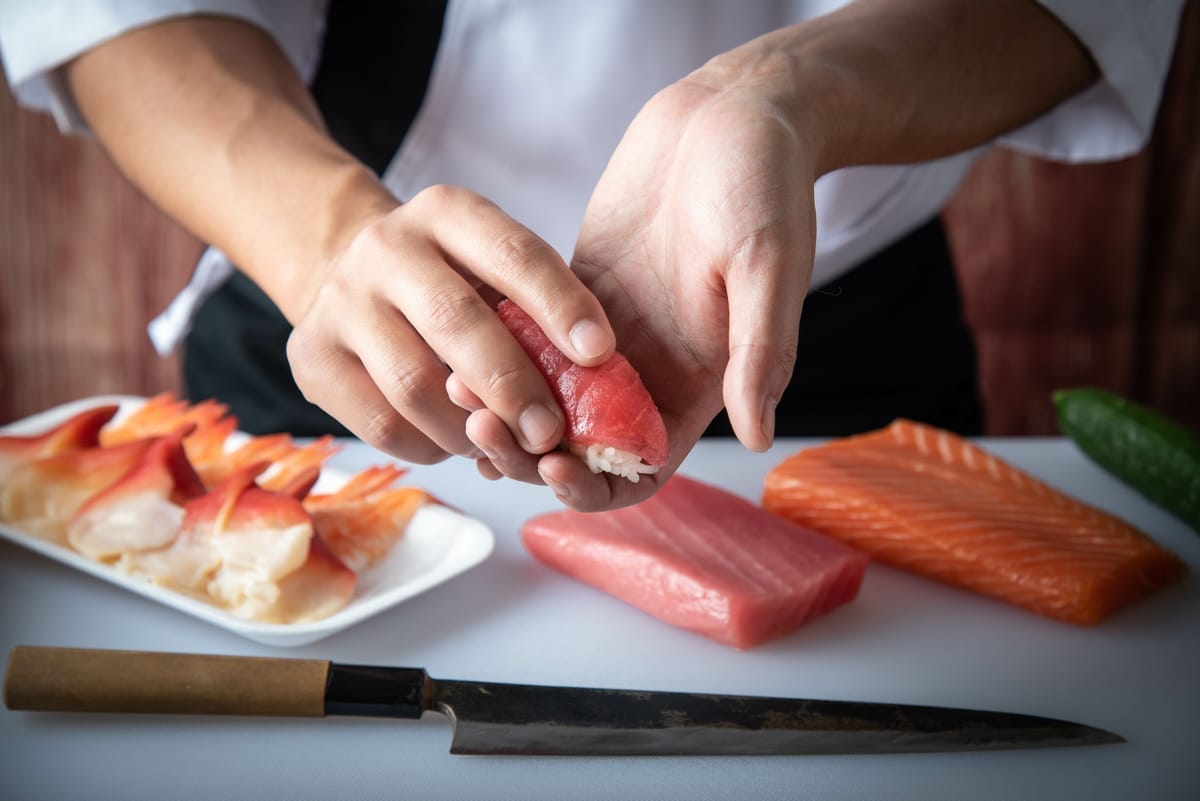Sushi restaurants have a wide range of food options for every seafood lover. However, it can be hard to remember the types of Japanese cuisine, especially if you aren't fluent in Japanese food culture. Anyone stepping into a sushi restaurant shouldn't be surprised to find the usual menu items with cooked and raw fish served with soy sauce on the side. Alongside classic sushi rolls like spicy tuna and salmon rolls, nigiri is also a popular sushi dish that emphasizes the natural flavors of the fish over other seafood dishes.
While nigiri is a simple but well-known form of sushi, some guests tend to confuse the dish with sashimi, another popular Japanese food item served at sushi restaurants. To help you understand your options, we've defined the main components of nigiri, answered some popular questions about nigiri as a dish, and described the key differences between nigiri and sashimi.
What is nigiri?
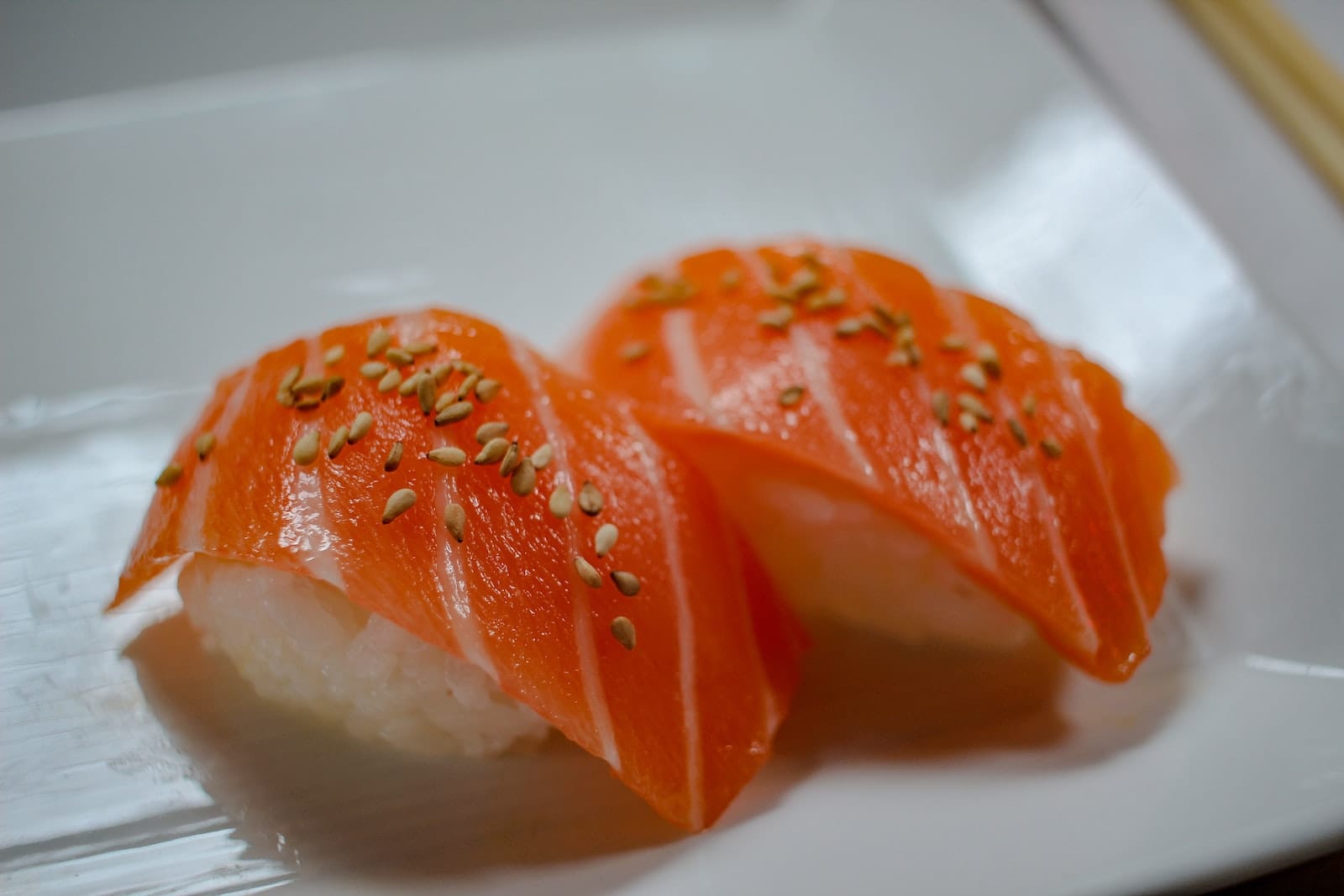
Nigiri is a type of sushi consisting of a thin slice of raw fish placed on a small ball of sushi rice. The sushi chef prepares about two fingers' worth of rice for a nigiri. This is a different approach to creating traditional sushi dishes, where the different ingredients are pressed into a roll of rice. Since nigiri uses certain slices of fresh fish, professional sushi chefs usually prepare the popular Japanese dish themselves. However, if the ingredients are prepared the right way, any restaurant can serve nigiri alongside other types of sushi rolls.
Is nigiri sushi?
Yes, nigiri is considered to be a form of sushi since it consists of rice and seafood ingredients. But, unlike other types of sushi, nigiri doesn't contain dried seaweed. It is a simple ball of rice topped with raw fish and occasionally enjoyed with soy sauce. If a restaurant served a slice of raw fish without sushi rice, that food item would then be considered sashimi, another popular dish in Japanese cuisine.
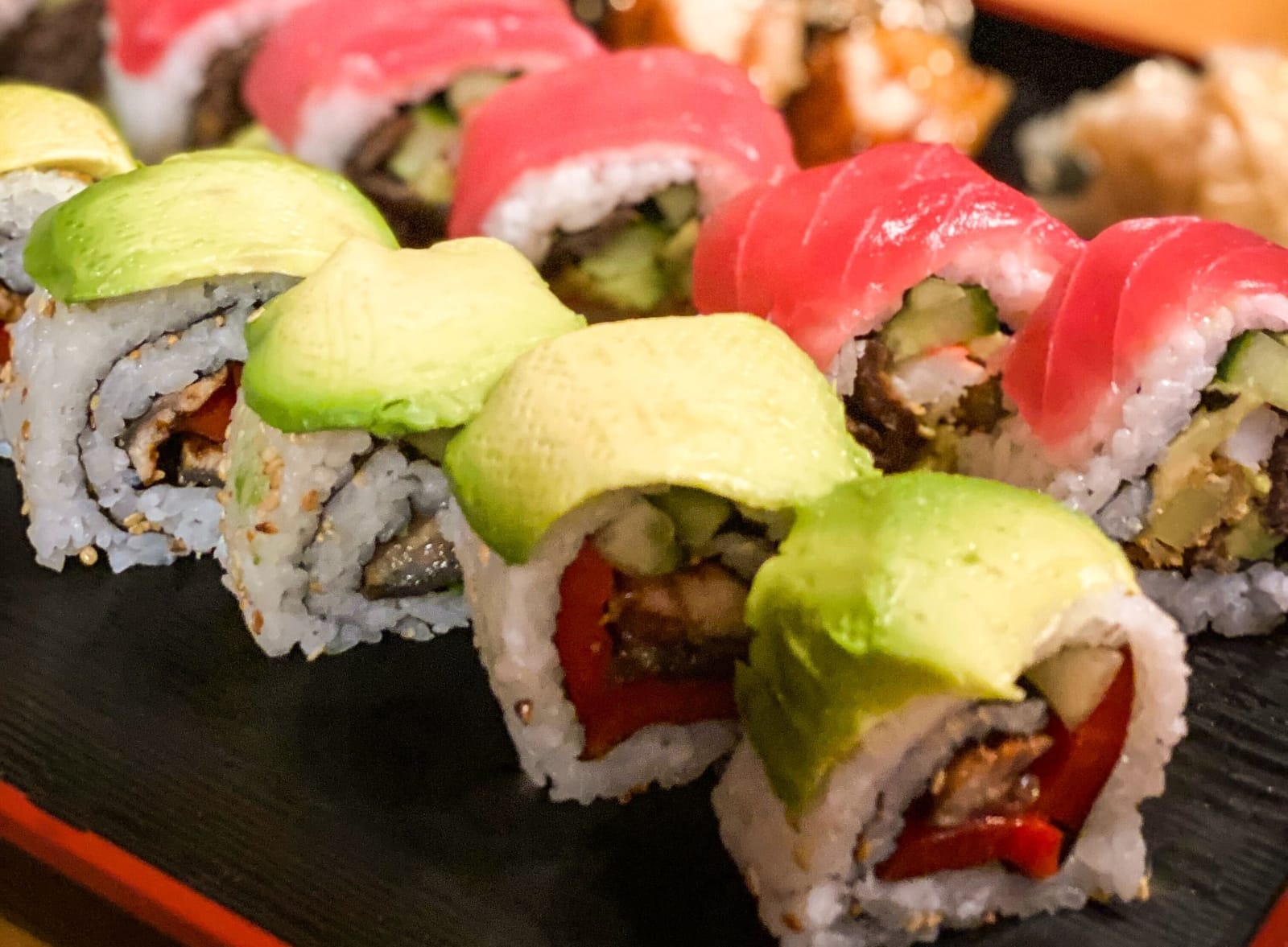
Does nigiri use regular rice?
No, nigiri does not use regular rice. Like most other sushi dishes, nigiri is made from vinegared rice, also known as sushi rice. While some nigiri recipes might allow different types of rice without flavoring, traditional nigiri only uses vinegared rice to get a slightly bitter flavor. Most guests can taste the difference when a sushi restaurant uses a different type of rice for their sushi dishes.
Does nigiri contain raw fish?
Yes, nigiri contains slices of raw fish. Bluefin tuna, sea urchin, shrimp, and salmon are all popular seafood meat used as nigiri toppings. However, it's important to remember that nigiri doesn't always use raw fish like tuna or salmon to create a sushi experience. Some sushi restaurants also use raw meat like beef or chicken in their nigiri instead of the regular cut fish.
Types of nigiri sushi
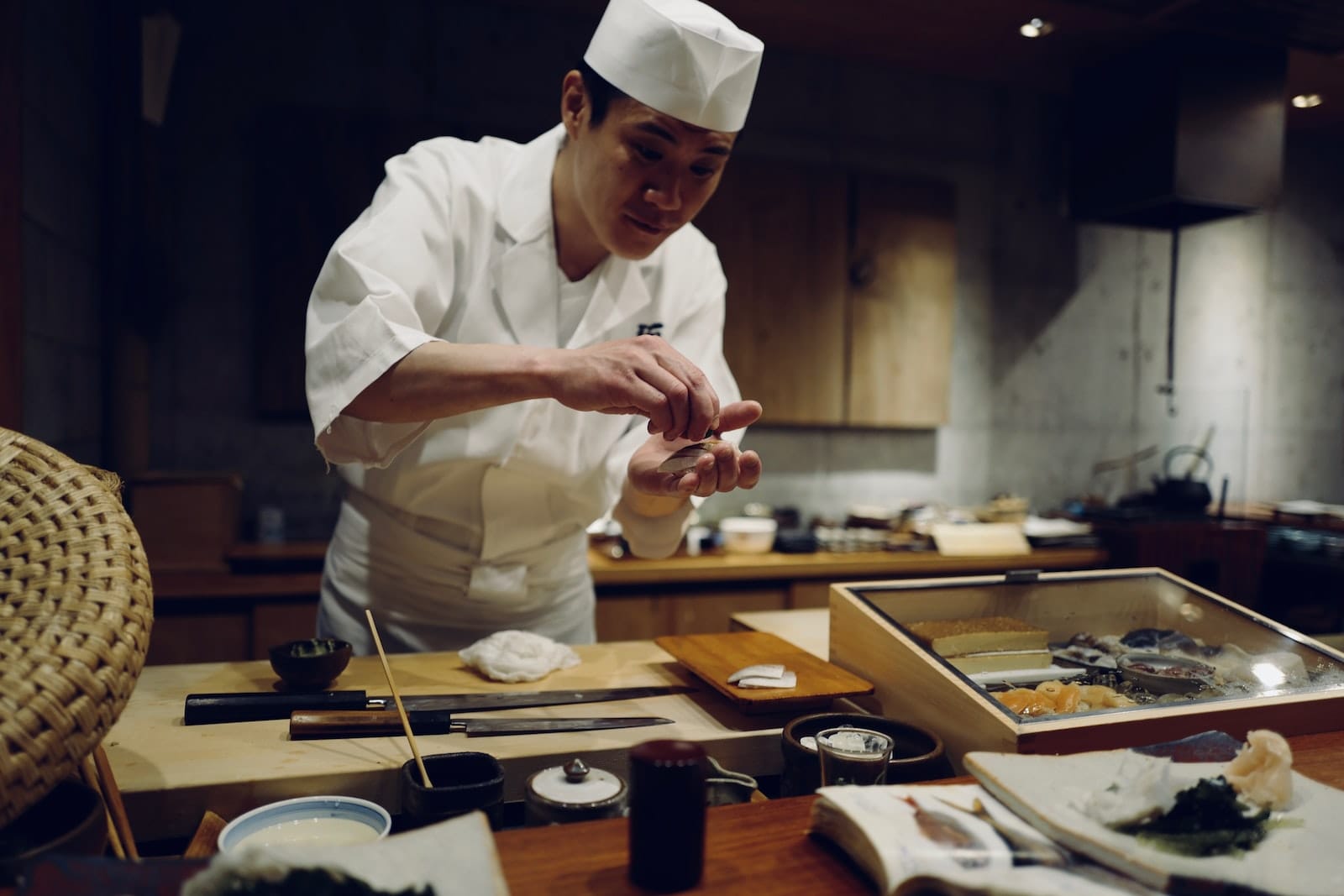
Since nigiri consists of a small ball of rice and meat, sushi restaurants can offer a variety of nigiri on their sushi menu, including vegetarian nigiri sushi options. These different types of nigiri utilize common ingredients found at any sushi restaurant. All you need is a sushi chef to prepare the dishes correctly and a strong point-of-sale system with a kitchen display system to make sure every order gets fulfilled on time.
Tuna
Tuna is a traditional nigiri flavor. Many sushi restaurants have even crafted three types of tuna dishes by utilizing different parts of a single tuna: akami, otoro, and chutoro.
Akami tuna is the red, meaty section of tuna that's primarily used for sushi dishes. Akami is found in the backbone fin section, meaning it is lean and low in fat. Otoro tuna is the fattiest section of the fish, often found in the belly. Chutoro tuna is a mix of akami and otoro, utilizing both lean and fatty tuna meat to give a rich flavor and texture. Chutoro isn't seen fairly often on sushi menus simply because chefs often need to utilize an entire fish to make a single nigiri.
Salmon
Salmon, or sake in Japanese, is another fish used in nigiri because of its wide availability and popular flavor profile. While salmon can be served raw, some restaurants serve salmon nigiri aburi, also known as smoked salmon nigiri, to give guests more choices. A blowtorch can even be used to smoke the salmon before serving. Just remember to keep a fire extinguisher on hand.
Sea urchin & octopus
While they might not be everyone's first choice, sea urchins and octopus are still popular alternatives that go beyond the usual cuisine at a sushi restaurant. Sea urchin, or uni in Japanese, provides a bitter yet creamy texture that contrasts against other solid slices of fish. Octopus, also known as tako, is a thin slice of tentacle that gives a chewy consistency.
How to eat nigiri sushi
Use your hands or chopsticks to eat nigiri. Or ask for a fork if that's what you're used to. To get more flavor out of your nigiri, ask for soy sauce and the typical sushi garnishes, such as wasabi, ginger, shiso leaves, and dried seaweed.
Nigiri vs. sashimi: what's the difference?
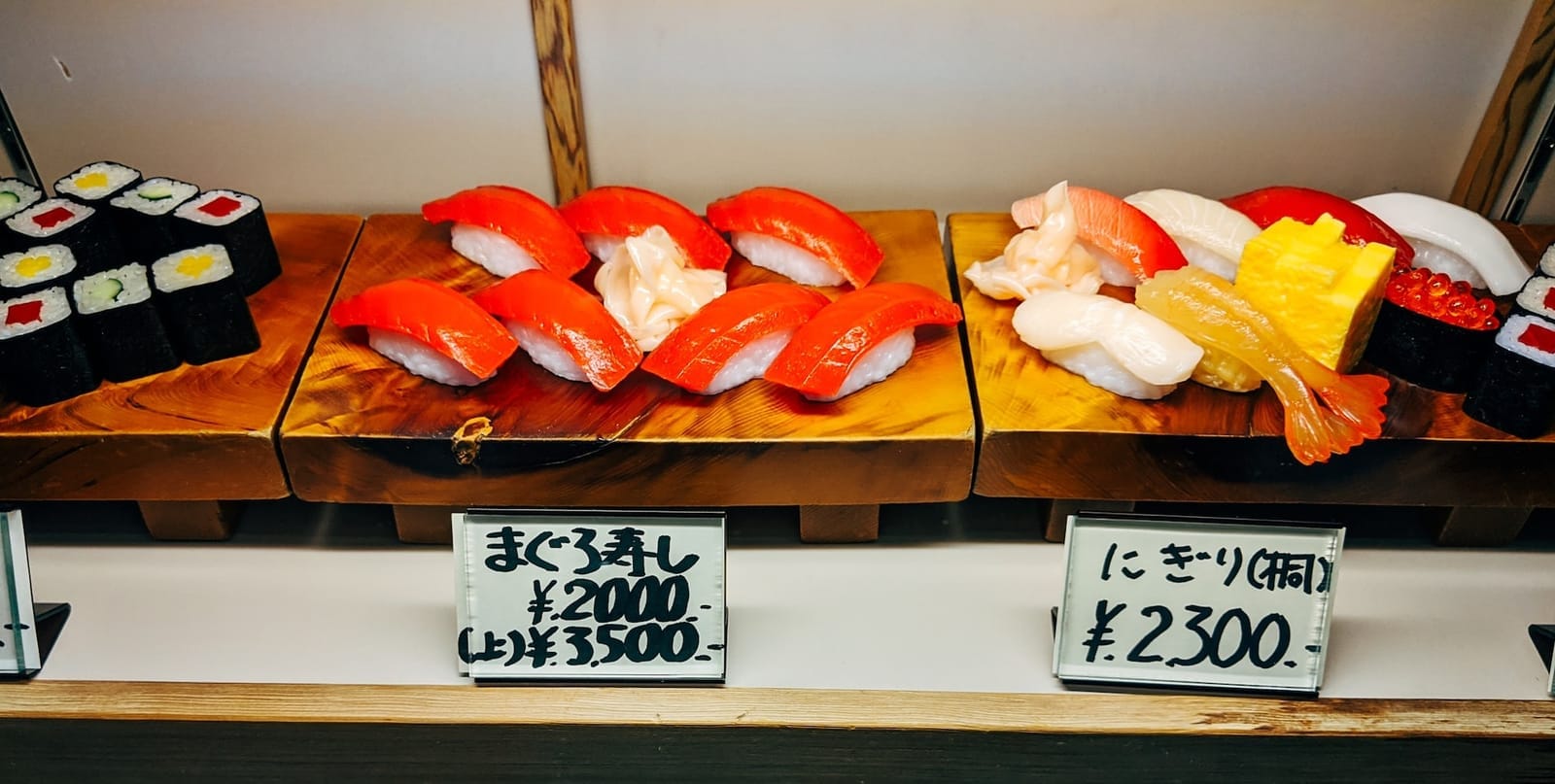
The main difference between nigiri vs sashimi is the presence of rice. Sashimi doesn't contain rice, while nigiri consists of rice topped with slices of raw fish. However, since nigiri and sashimi both utilize raw fish like salmon and tuna, guests have a tendency to mix them up.
Another difference between nigiri and sashimi is how they're prepared. Nigiri can contain raw or smoked seafood, which is often cured to ensure the fish is safe to eat. Some restaurants have even created vegetarian nigiri options that utilize rice, a slice of avocado or some other pickled vegetable, and a dot of wasabi for extra taste. On the other hand, sashimi essentially has raw fish. Most times, the fish for sashimi is in its rawest form, meaning it is not smoked or cured.
What is sashimi?
Sashimi consists of thin slices of raw fish or meat prepared without rice or any other toppings like avocado or sesame seeds. In Japanese, sashimi literally translates into pierced meat. The thinly sliced raw fish is typically eaten with chopsticks, with popular garnishes like pickled ginger and wasabi.
While many patrons might think sashimi is unsafe to eat because it's raw, professional sushi chefs prepare sashimi with extremely fresh fish, making it okay it eat. Many sushi restaurants also specify where they source their fish alongside the usual disclaimer about eating raw or uncooked foods.
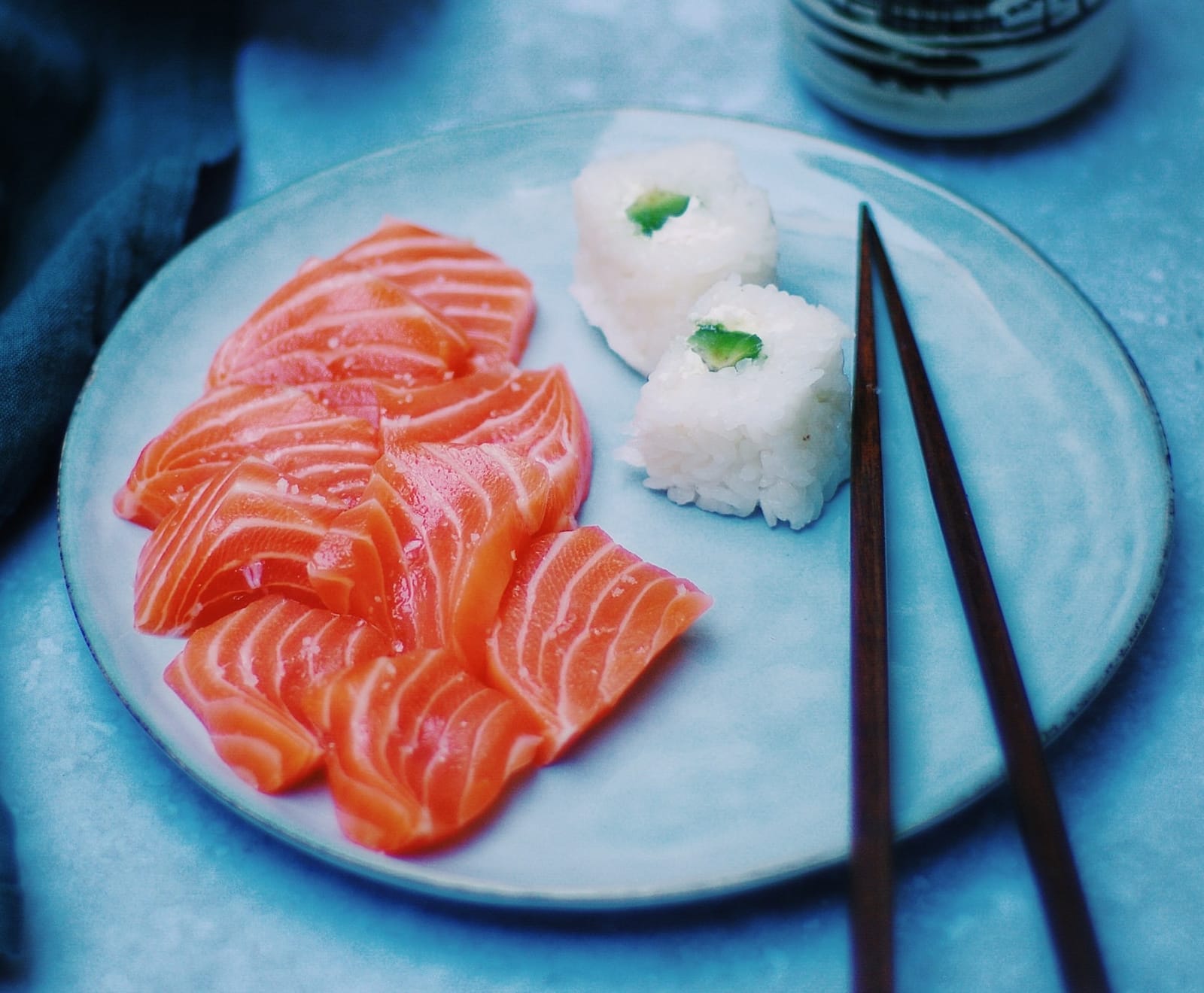
Is sashimi sushi?
No, sashimi is only sliced raw fish that's eaten with chopsticks, whereas sushi is made with vinegared rice and raw or cooked ingredients and can be eaten with chopsticks or your hands.
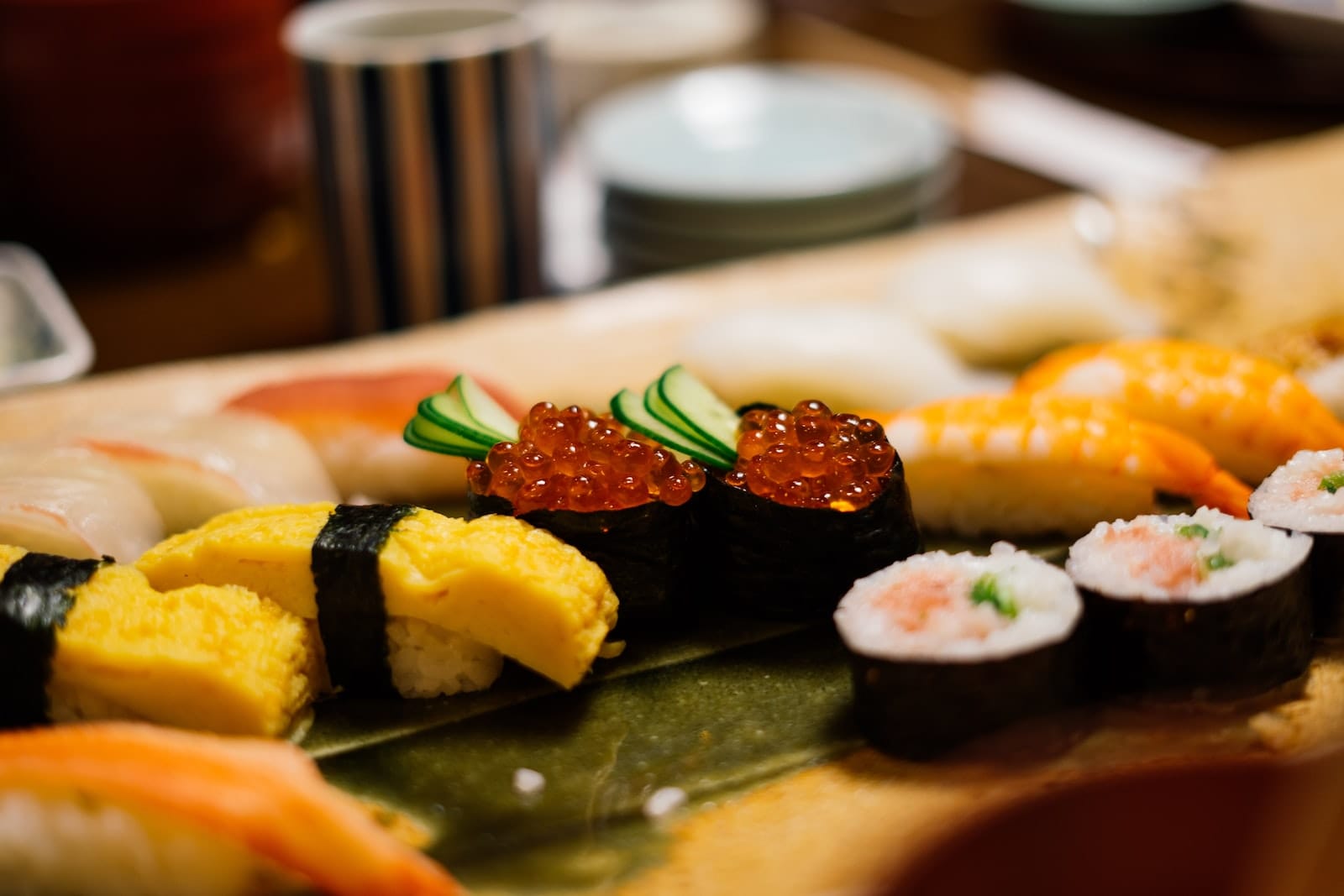
Do you eat sashimi like nigiri sushi?
No, sashimi is traditionally eaten with chopsticks, but you can use your hands. Nigiri is the opposite. It's traditionally eaten with your hands. With sashimi, you dip your chopsticks (or hands) into the soy sauce before you pick it up. It's typically eaten with shredded daikon radish, pickled ginger, and wasabi. With nigiri, you dip it directly in the sauce that the restaurant serves with it.
If you love sushi (and Japanese food in general), give Nigiri and Sashimi a try. And don't be afraid to ask your server how to eat it. You just may find your next favorite menu item.



